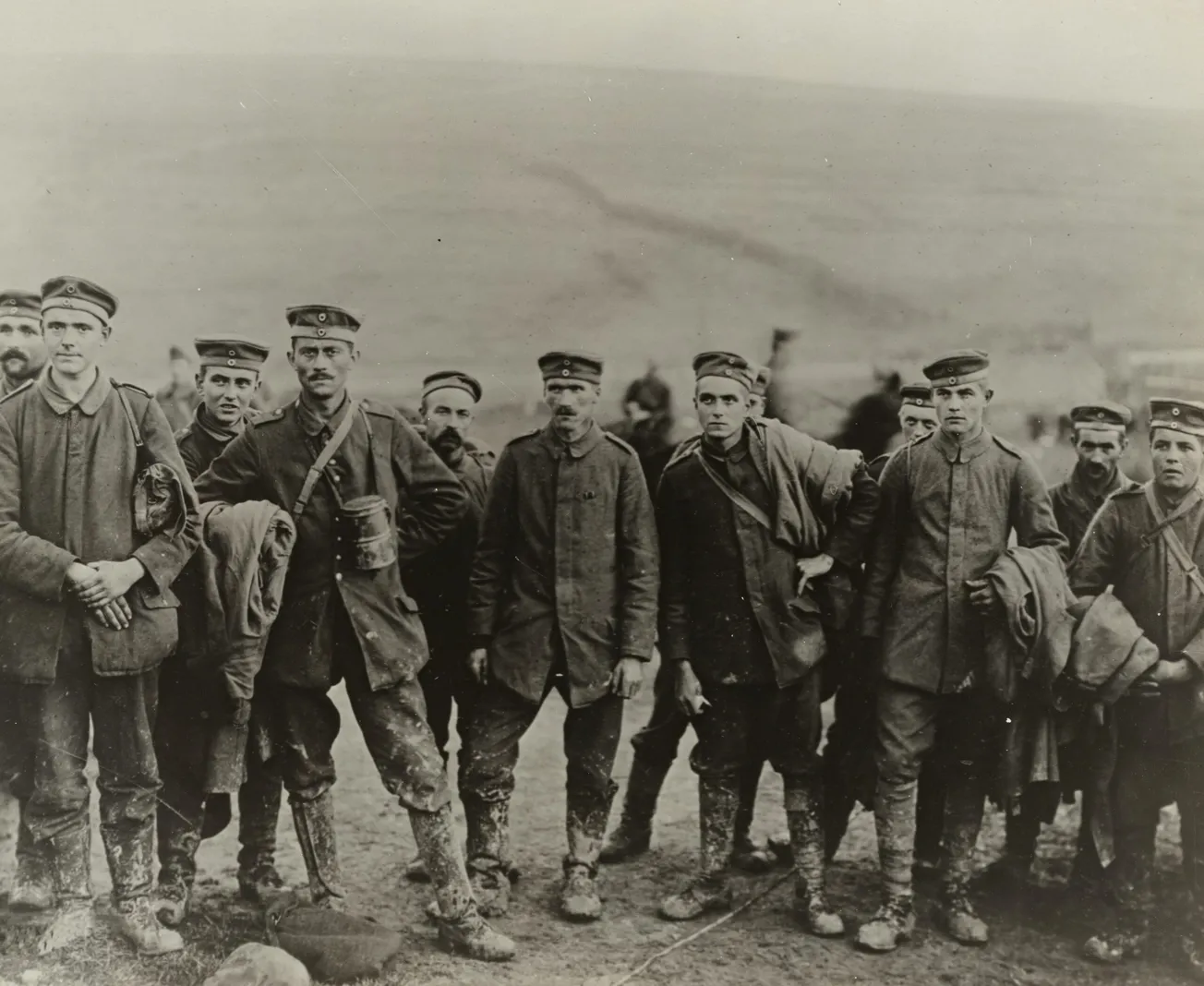Act Party
Update:
“The Government has made the right call by moving New Zealand to Alert Level 3 immediately and to Alert Level 4 in 48 hours”, says ACT Leader David Seymour.
“Now is the time for all New Zealanders to support the measures announced by the Prime Minister this afternoon.
“We will take a significant economic hit, but we give ourselves the chance to fully eradicate the virus, save lives, and avoid even greater economic consequences down the road.
“It is up to all of us to do everything in our power to reduce the spread of the virus.
“The Government is making critical, high-stakes decisions with limited information in a fluid situation.
“The role of Parliament in these circumstances is to be supportive and to offer constructive criticism.
“ACT will continue to perform this role as the parliamentary opposition and as a servant of the New Zealand public.”
In Last Week’s Free Press
We outlined three possible options for COVID-19:
(1) Let it burn through the population until we have herd immunity,
(2) Lock everything down until there is a vaccine, or
(3) Tread the middle path of flattening the curve of infection rates.
However, we have very knowledgeable readers. They pointed out there is a fourth option: eradication. This week, Free Press looks at what that would take, and why we believe the Government is sadly off track for this outcome.
How Eradication Works
The virus is not self sufficient, it is a parasite. It needs a host to live in. Its problem is that hosts fight back and gain immunity, so it has to keep finding hosts that aren’t immune. Isolating every host means the virus reaches a dead end wherever it goes. We reach a stage where the virus is literally dead in New Zealand. However, the Prime Minister abandoned this view completely over the weekend when she spoke of the virus spreading slower.
No-Man’s Land
The Government’s announcement of a four-level COVID-19 alert system means we are stuck in no-man’s land at level 2. The Government’s approach is to introduce measures in response to contagion rather than to prevent it (for example, schools will close if there’s community contagion). Combining this with low rates of testing, we are potentially in much greater trouble than we realise. This is one of those times when opposition MPs need to offer thoughtful, measured, constructive criticism because we believe the Government is making a major strategic error.
ACT’s View To Date
To date, ACT has followed David Seymour’s words to the House on Tuesday: “…what I do know is that [the Government has] to make critical, high-stakes decisions with limited information in a fluid situation. The role of Parliament in these circumstances is to be supportive, to offer constructive criticism and helpful suggestions where applicable…” We have followed Government guidelines in our own activity and supported the Government publicly. We will continue to do that but also continue to offer alternative viewpoints and suggestions in our role as Opposition and as a servant of the New Zealand public.
The Testing Saga
ACT has been critical of the Government for not being upfront on the specific issue of testing. Until the middle of last week, tests could only be administered if a person had been in close contact with a confirmed case. Of course, you have to be tested to be confirmed. Initially, the only confirmed cases that could trigger a test were those from overseas. It is likely that the virus has outpaced the testing, and we are only beginning to understand the extent of its true prevalence now that tests are increasing.
A Gradual, Opaque Backdown
Then, mid-last week, the Prime Minister told Parliament doctors should test if they wanted to. Except, there are about 4,000 GPs in New Zealand and a limit of 1,500 tests per day. In reality, the average doctor could expect to test a patient every three days. There clearly was or is a limit on testing. The limit is either the materials, the lab space, or the lab staff or some combination of the above. The Government should tell the people, trust the people instead of the opaque back down that occurred last week.
The Real Rate Of Infection
The virus incubates for five days after infection and symptoms appear after 11 days, so the virus is always going to be ahead of testing. However, our low rate of testing compounds the problem. Our measure of how many people have COVID-19 probably reflects the fact that we’ve been among the most modest testers, rather than having the most modest prevalence of the actual virus. By extension, it seems incredible to believe community spread is not under way.
Testing At South Korean Levels
As of a few days ago, South Korea had tested at five times more per capita than New Zealand. (About 6,000 per million as at 20 March vs. 120 per million as at 17 March. New Zealand has since completed 6,000 in total for five million people). The Government should explain if we can test five times more from now on, and if not, why not. Without proper testing, the Government is flying blind.
The Government’s Catch Up Approach
When the Prime Minister said the Government’s approach was ‘go hard and go early’ we trusted her. In hindsight, the Government’s response could be described as playing catch up. Waiting for the evidence to introduce new interventions. Combine this with the fact we’ve been light testers, and the fact the nature of the virus means testing will serve as late-warning anyway, and you have a disaster in the making. By the time the Government moves to its alert level 3 or alert level 4, it will be in response to a runaway outbreak rather than in prevention of one.
If You Doubt The Catch Up Approach…
Listen to the Prime Ministers’ address on Saturday at lunchtime. She refers several times to slowing the virus. Eradication is off the menu. What’s more, the new system of four levels is designed to be reactive by its very nature. Restrictions on transmission activity are put in place in response to an uptick in the virus (assuming there is enough testing to detect it) instead of to prevent contagion in the first place. We should have started at level 4 then considered reducing the level rather than waiting for things to get bad.
Making Decisions With Limited Data
Nobody really knows what happens next in this story. We know what has happened elsewhere, but New Zealand is different in climate, physical isolation, culture, geography and population density. We may actually be getting lucky without realising it. Perhaps we haven’t found many cases because they just aren’t there. Let’s hope, but let’s also be realistic. With limited information, the imminent outbreak scenario is as likely if not more likely than the more hopeful scenario. Given this scenario, a more aggressive, eradication approach seems more appropriate.
What About The Economy?
It’s the economy, stupid, said Bill Clinton. To date, most commentators have seen the trade off as lives for dollars. An eradication approach is far more attractive if it can win on both counts. It would involve a major business relief package so that parents can be home to look after kids. It would be in the order of five per cent of GDP, or $15 billion. Schools would close except as daycare centres for kids with absolutely nowhere else to go. It would involve starting the school holidays three weeks early and reevaluating at the beginning of term three after Easter.
Preparing For A Recovery
Under this scenario of the whole country effectively hibernating for three incubation periods, the goal would be total eradication and a restart of business as usual except for foreign visitors at the beginning of May. New Zealand would aim to be among countries that are COVID-19-free and able to resume normal travel within the cordon of such countries.
The Seasonal Elephant In The Room
It is too early to say whether COVID-19 is seasonal, or at least to what extent. The course we are on sets us up to lose control of COVID-19 precisely as the weather turns and transmissibility becomes much more frequent. However, given what we know it seems sensible to leave room for the possibility that the last of the golden weather is also our best opportunity for eradication.
The Alternative To Eradication
We will face a running battle with outbreaks, moving between alert levels 3 and 4 wreaking havoc and seeing tens of thousands of deaths along with widespread economic destruction and the Government having little left in the tank to do much about it. At that point, people become desperate and social order will become strained as people face a future without jobs, certainty, or the ability to pay their mortgage. That is a scenario that does not bear thinking about, but that we should probably start to think about. We need to think about preserving civil society in New Zealand.
Why Doctors Are Reacting
Free Press knows many doctors. Five have read and approved of this week’s edition in the hours before release. Why are doctors hardline on this? Every New Zealand doctor has done overseas work experience. They tend to make lifelong friendships with their foreign counterparts. They are getting live updates of what’s happening in emergency departments in Washington State, Lombardy, and so on. Doctors not only have medical expertise, they have direct lines into the emergency departments and ICUs of every Western city.
Will The Government Listen?
It is likely the Government will not heed any of the above. They are not engaged in any kind of dialogue with the parliamentary opposition. They have offered MPs one 45 minute briefing with Ashley Bloomfield since this saga began. It is likely they will stay their course, and we fervently hope they prove us wrong. However, in the meantime, it is up to all of us to voluntarily do everything in our power to reduce the spread of the virus. If you can keep your kids home, do. If you can work from home, do it. If you can help your neighbours, do it but keep to the two metre rule. Government does not always get it right, and that’s when we fall back on civil society. A vaccine that doesn’t yet exist isn’t our answer to COVID-19. The way we behave and the personal responsibility we take to help ourselves, our neighbours and New Zealand is our best hope at this moment of time.
Be Like Steve
Free Press has seen a note in an Auckland letterbox. “Kia ora!”, it reads. “If you are self isolating, I can support. My name is: Steve. I live locally in: Royal Oak. My number is: 027…” The note goes on to say Steve can help pick up shopping, run errands, or even phone to keep the person company. A simple initiative but a powerful one because it shows how anyone can make a real difference to the situation.
If you enjoyed this BFD article please consider sharing it with your friends.









